7 Failed Starbucks Drinks And Products Slideshow
Ok, not exactly the Orange Mocha Frappuccino per se — your dreams of reliving Zoolander may have to be relegated to drinks off the Starbucks' secret menu. But Starbucks Melody and other bloggers bemoan the loss of some of their favorite syrups that have disappeared off menus over the years. Some of those syrups: orange, Valencia, melon, blueberry (who knew that was even an option?), almond syrup, and maple sauce. Hey, maybe the Maple Macchiato will come back to rival the Hazelnut and Caramel Macchiatos.
Starbucks Tazo Tea Berry Infusions
No, it's not a Tazo tea latte, like the ever popular Green Tea Latte or the Chai Tea Latte. Back in 2009, Starbucks took a stab at the juice and tea market by, well, combining the two. You might recognize a few of these drinks from a press release from back in the day, like the Vanilla Rooibos Tea Latte or the Earl Grey Tea Latte. Those you'll still find on the Starbucks menu. But the Tazo Tea Berry Infusions were, well, interesting. According to a release: "Starbucks Tazo Tea Infusions [were] a combination of Tazo black chai tea lightly steamed with fruit juices, these non-dairy beverages are available in two varieties..." So, that meant what, exactly? A "Berry Chai Infusion" and an "Apple Chai Infusion." Might sound strange, but an old YumSugar review of the drinks were surprisingly positive; the Berry Chai Infusion was "spicy" and "peppery," while the Apple Chai infusion was "a dead ringer" for an apple cider. Maybe just stick with the Evolution Juices, guys.
Starbucks Mazagran Coffee-Cola Hybrid
The what-now? Before the Frappuccinno, there was the Mazagran, a bottled drink back in 1995. Part coffee, part carbonated cola, the drink was a partnership between PepsiCo and Starbucks. Starbucks' Mark David quotes Howard Schulze's book, that details how the unpronounceable drink came to be:
Mazagran was a cold, lightly carbonated coffee drink with a name borrowed from the French Foreign Legion posted at Algeria in the nineteenth century. When we test-marketed it in southern California in 1994, it polarized people. Some loved it, others hated it. A lot of customers were willing to give it a try because of the Starbucks brand name, but Mazagran didn't get the repeat business we had hoped for. We finally realized, with disappointment, that we had created a niche product, one that would catch on, if at all, only after a slow build. So we kept pushing until, in 1995, we found a better approach. Frappuccino had been a surprise hit that summer, drawing in tens of thousands of customers who were not normally coffee drinkers, filling our stores in afternoons and in hot months when the coffee business is usually slow. One day, in the midst of an agonizing discussion about the future of Mazagran, I said: "Why not develop a bottled version of Frappuccino?"
And yes, history was born. Starbucks Mark David offers up a review of the drink (which you can still find on eBay!), which doesn't sound all that terrible. "I can't say the taste of an orange coffee was nice but it was definitely refreshing and completely unlike anything I have ever tried before," David said. Still, the Mazagram paved the way for Starbucks' other ready-to-drink coffees, like the bottled Frappuccino, the bottled Iced Coffee, and the bottled Double Shots.
The Starbucks Chantico Drink
"A drinkable dessert" that didn't catch on? Seems hard to believe, glancing over Starbucks' current Frappuccino menu. But back in 2005, the variation of the popular European drink had a very short shelf life and was ultimately pulled from Starbucks' lineup in 2006. Said Michelle Gass, Starbucks' senior vice president of category management at the time to CNN Money, "Imagine drinking a melted truffle and you're close to the Chantico chocolate experience." How could that possibly go wrong? The problem: You could only get the Chantico in six-ounce cups, clearly not enough for Supersize Me, "have it your way" America. Don't worry, you can still get plenty of hot chocolate at Starbucks.
Hidden Restaurants: the Starbucks 'Circadia'
No, not like the bug (that's a cicada, silly). A hipster coffee shop in Seattle and San Francisco, before that was even a thing! Starbucks Melody shares a bit about the two discreet restaurants opened by Starbucks, back in 1997 and 1998. Circadia Flatbread Oven had everything we'd like to see at a Starbucks today: "a full breakfast, lunch and dinner menu, a liquor bar, and live music." With velvet couches, Internet connections (before that was even a thing), and a hipster vibe, Circadia was living easy. Starbucks design head Arthur Rubinfeld, told Fortune back in 2000 that the goal was to recreate the 1960s Greenwich Village coffee shop. Of course, those two stores are now fully loaded Starbucks locations today. Uh, can we get the restaurants back please?
Starbucks Sorbetto Drink (or Dessert?)
Despite the popularity of its Starbucks ice creams (counting down the days for that Starbucks Pumpkin Spice Latte ice cream to hit shelves once again), not all of Starbucks' forays into the freezers have been a success. Its "Pinkberry-inspired" frozen beverage was deemed a flop in 2009, after failing to attract customers in its tested markets in southern California. At the time, Cos La Porta, a Starbucks senior vice president, told the Los Angeles Times that the Sorbetto was just what the customers wanted. Still, insiders pointed out that the timeframe for testing the Sorbetto was miniscule, and that baristas were unhappy with the machines to make the Sorbetto. Insider and blogger Starbucks Melody notes some other factors, like a quickly faltering economy, plus the ambiguous nature of the drink, as reasons for the Sorbetto's failure. We'll stick with the ice cream, thanks.
Starbucks 'Joe' Magazine
For a real far-out idea, we head back to 1999 (you know, back when magazines were still a good idea). In a partnership with Time Inc., Starbucks started producing a quarterly print and online magazine, called Joe. CNET shares that the hope was to rival literay mags like Salon, but as time tells, that didn't happen; the publication was shuttered in just three issues. At the time, the Seattle Times reported that "Scott Ferris, vice president for business development and marketing at Starbucks, said the magazine was designed to enhance the historical coffeehouse experience of discussing literature and art." Part of the reason it failed, the Seattle Times said, was that there was no good spot in the store to sell the magazine to customers. You can head to Starbucks Melody to check out the now 14-year old magazine, for a quick blast to the past.
And the Four Things Starbucks Totally Nailed
• The ready-to-drink coffee category — eventually. (See the Mazagran slide to find out one that flopped.)
• Starbucks' support of gay marriage rights (depending on which side of the aisle you're standing on, we guess).
• Christmas cups. Enough said.
• The Pumpkin Spice Latte. (Is it fall yet?)
